Nowadays, we have a number of different services at our disposal that can make our work easier or provide a lot of fun. Among the most famous ones, we could mention, for example, Netflix, Spotify or Apple Music. For all these applications, we have to pay a so-called subscription in order to even get access to the content they offer and be able to use it to its full potential. There are many such tools, and practically the exact same model can be found in the video game industry, or even in applications to facilitate work.
It could be interest you

A few years ago, however, this was not the case at all. On the contrary, the applications were available as part of the so-called one-time payment and it was enough to pay for them only once. Although these were significantly higher amounts, which in the case of some applications were able to slowly take your breath away, it is necessary to perceive that such licenses are simply valid forever. On the contrary, the subscription model only presents itself cheaply. When we calculate how much we will pay for it over a few years, a relatively high amount jumps out quite quickly (it depends on the software).
For developers, subscription is better
So the question is why the developers actually decided to switch to a subscription model and move away from the earlier one-time payments. In principle, it is quite simple. As we mentioned above, the one-time payments were understandably much larger, which could discourage some potential users of a specific software from buying. If, on the other hand, you have a subscription model where the program/service is available at a significantly lower price, there is a greater chance that you will at least want to try it, or stay with it. A lot of businesses also rely on free trials for this reason. When you combine a cheaper subscription with, for example, a free month, you can not only attract new subscribers, but also, of course, retain them.
By switching to a subscription, the number of users, or rather subscribers, increases, giving specific developers some certainty. Such a thing simply does not exist otherwise. With one-off payments, you cannot be 100% sure that someone will buy your software in a given period, or whether it will not stop generating income after some time. Moreover, people got used to the new approach a long time ago. While ten years ago there probably wouldn't have been much interest in subscriptions, today it's quite normal for users to subscribe to several services at the same time. It can be seen perfectly, for example, on the aforementioned Netflix and Spotify. We could then add HBO Max, 1Password, Microsoft 365 and many others to these.

The subscription model is growing in popularity
Of course, there is also the question of whether the situation will ever turn around. But for now, it doesn't look like that. After all, almost everyone is switching to a subscription model, and they have a good reason for it - this market is constantly growing and generating more revenue year after year. On the contrary, we don't come across one-off payments so often these days. AAA games and specific software aside, we pretty much only run into subscriptions.
It could be interest you
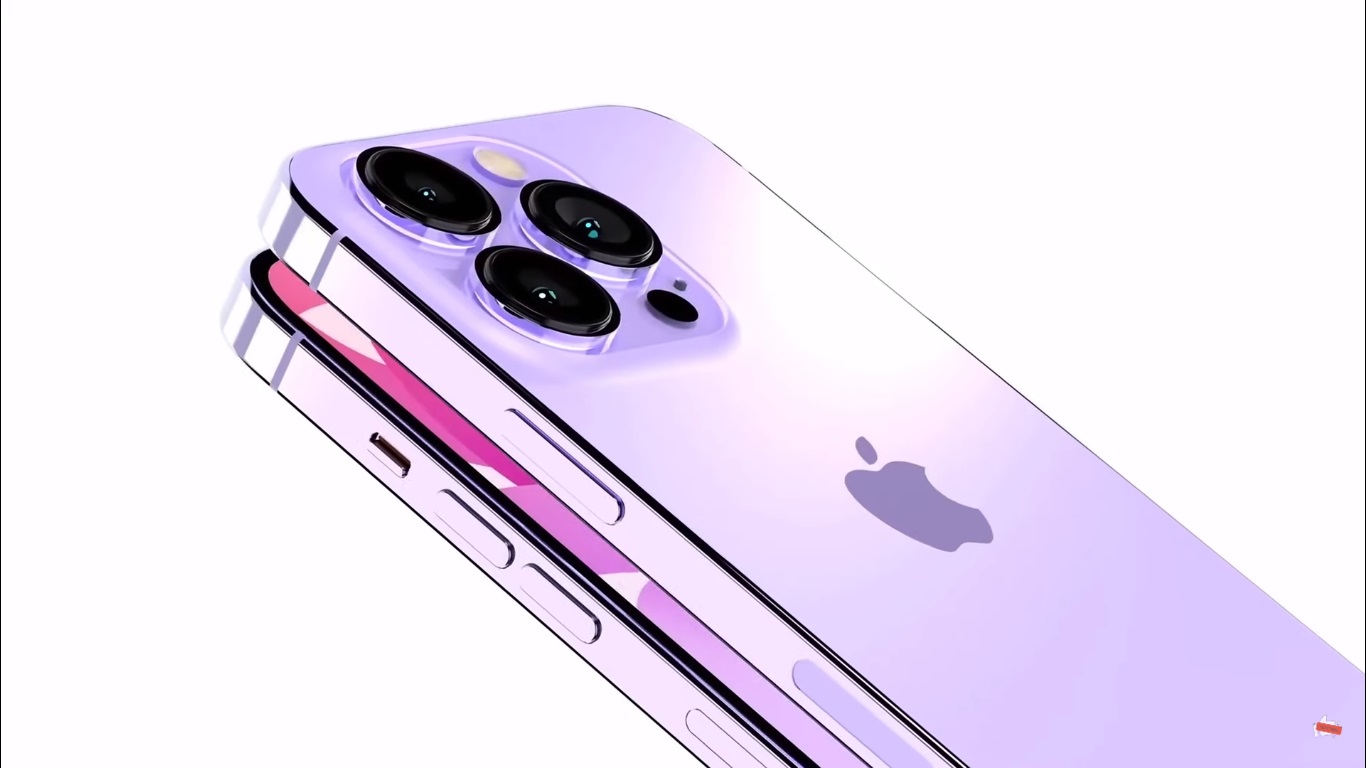
The available data also clearly indicate this. According to information from Tower Sensor Namely, the revenue of the 100 most popular subscription apps for 2021 reached the $18,3 billion mark. This market segment thus recorded a 41% year-on-year increase, as in 2020 it was "only" 13 billion dollars. Apple's App Store plays a major role in this. Of the total amount, $13,5 billion was spent on Apple (App Store) alone, while in 2020 it was $10,3 billion. Although the Apple platform leads in terms of numbers, the competing Play Store experienced a significantly larger increase. The latter recorded a 78% year-on-year increase, rising from $2,7 billion to $4,8 billion.
 Adam Kos
Adam Kos 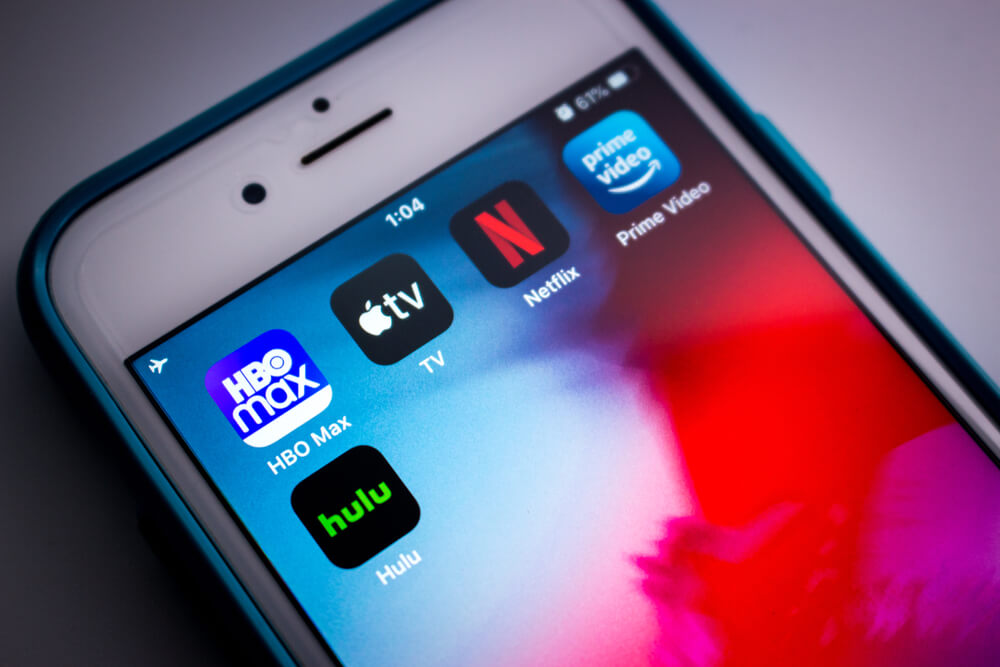
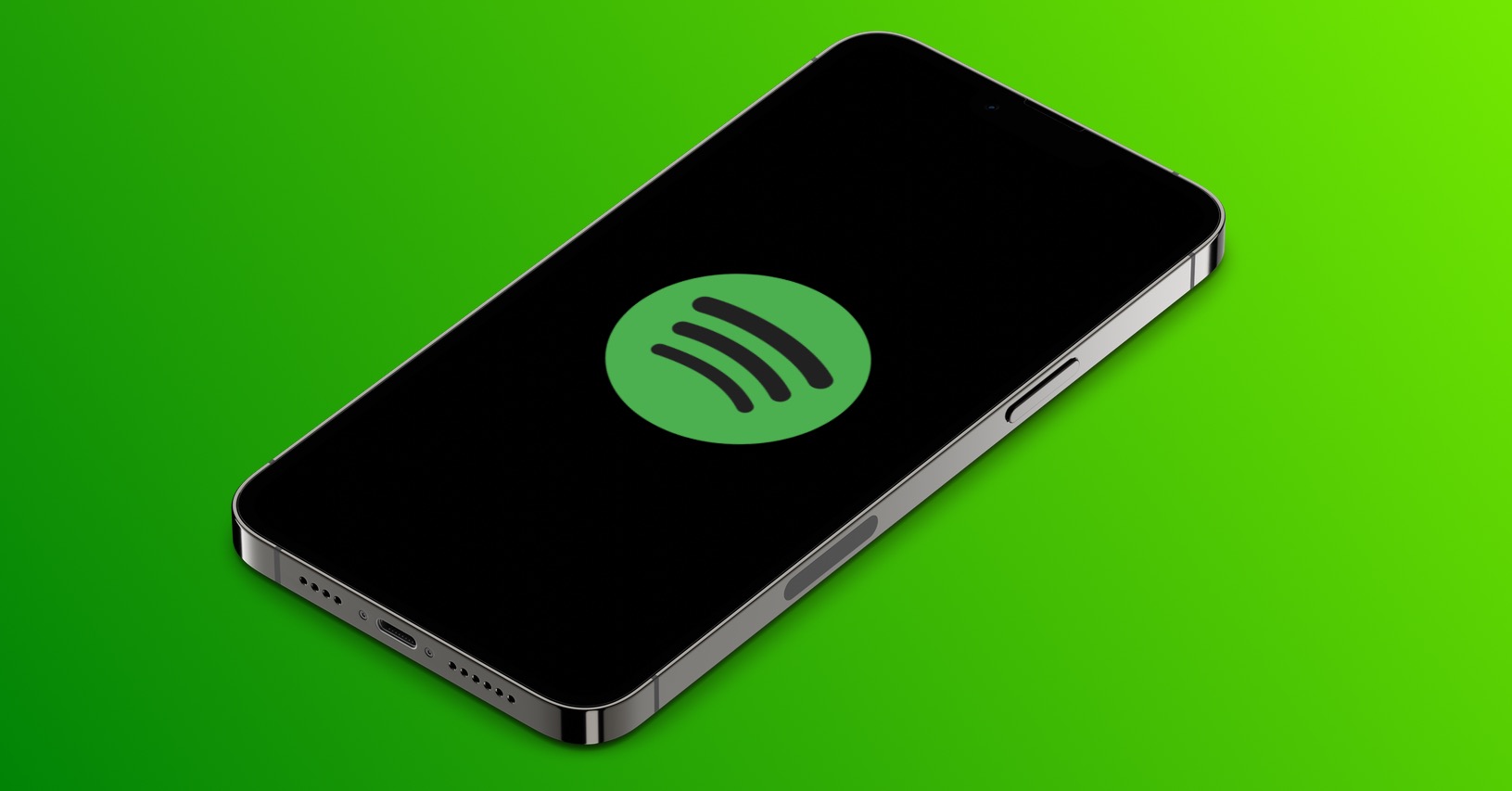
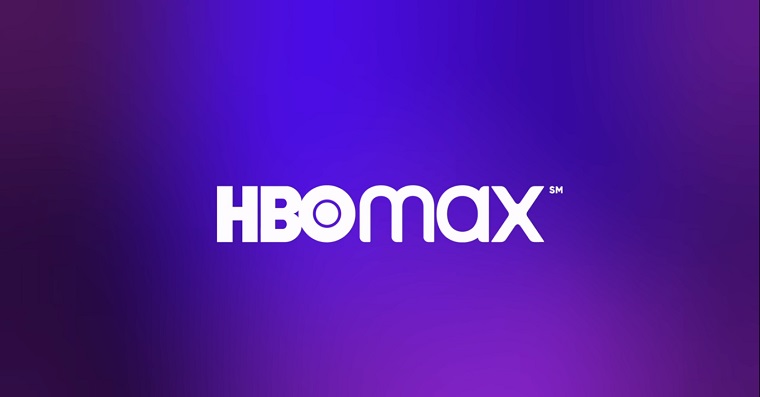
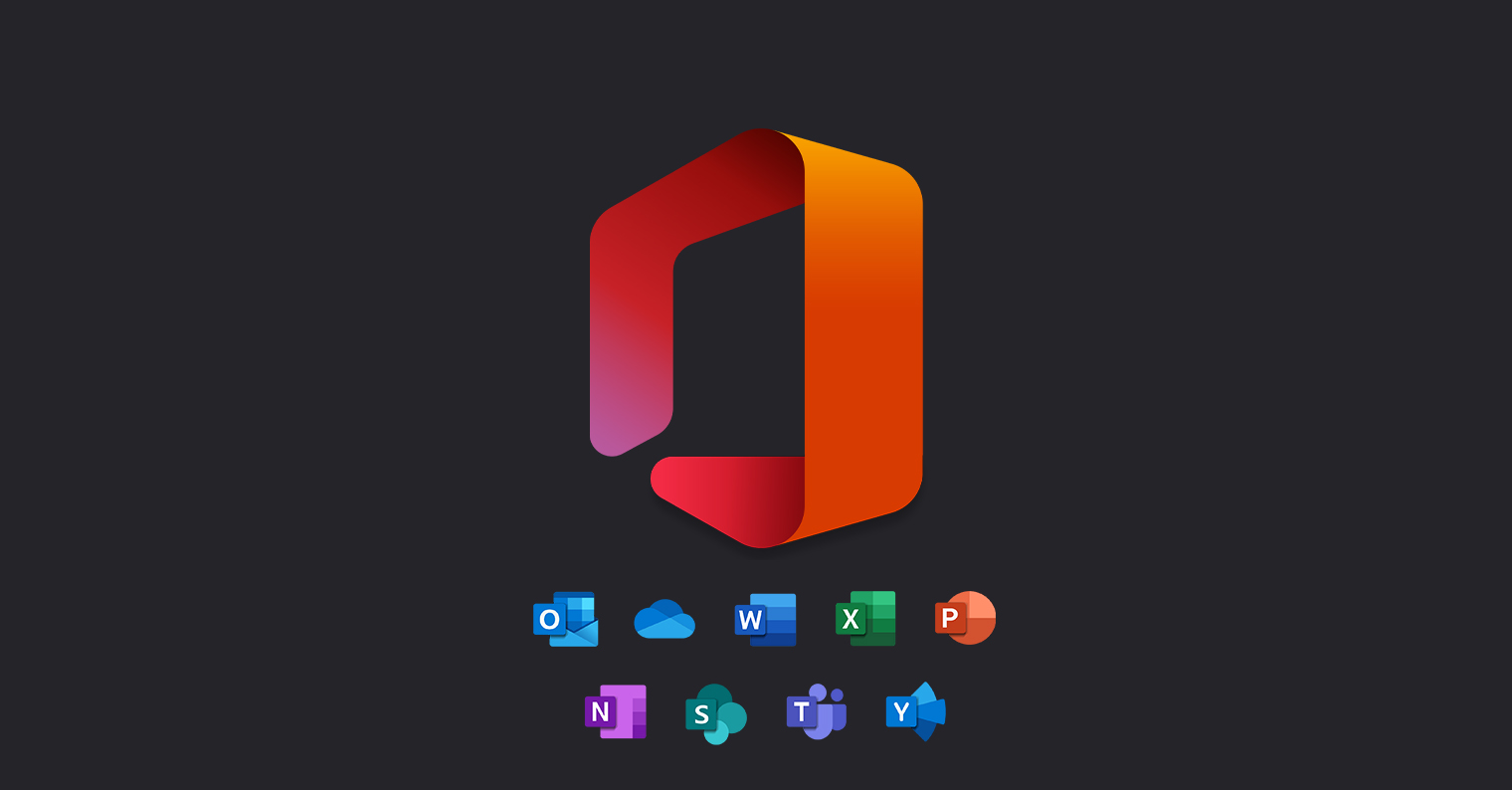
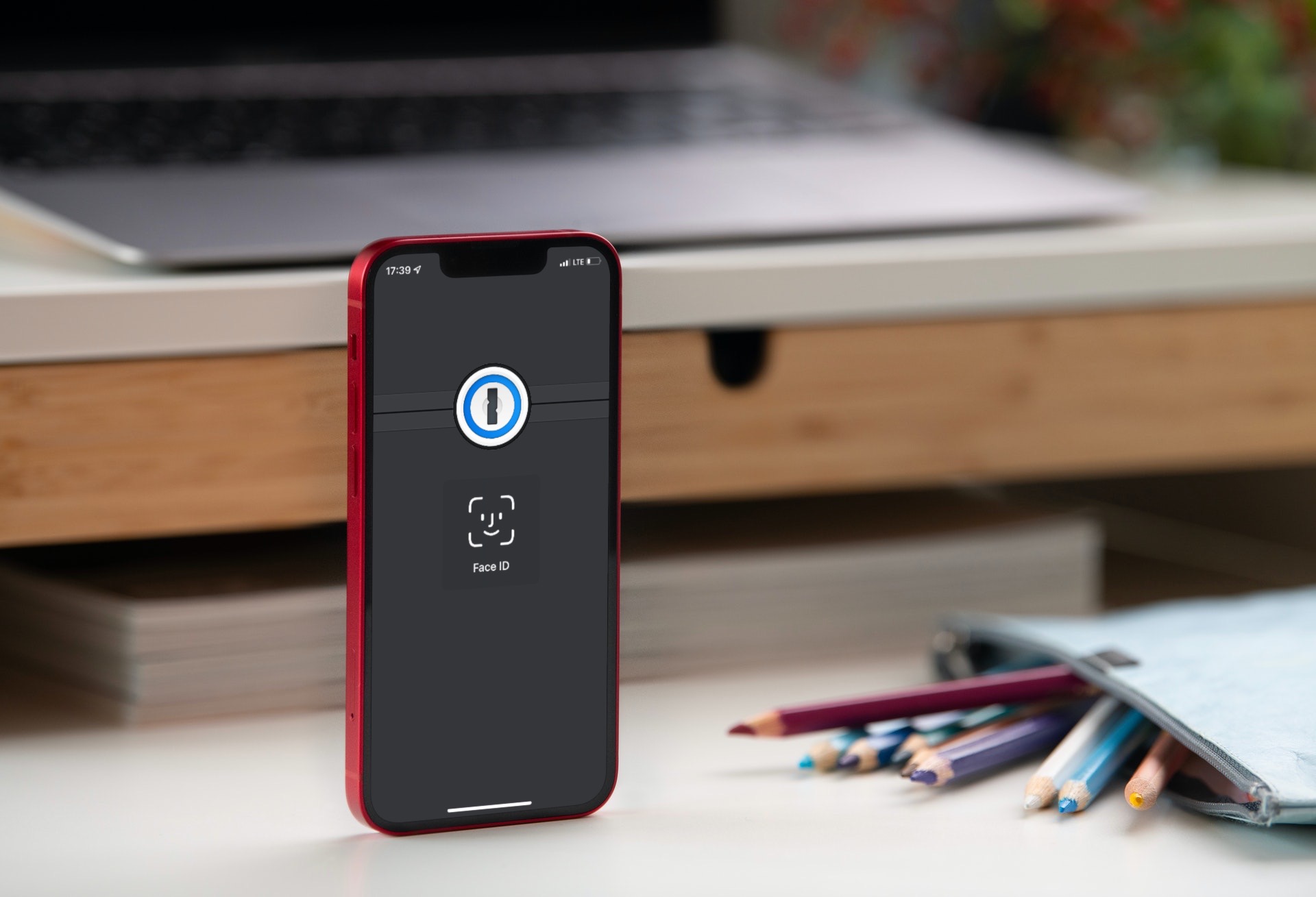
 Flying around the world with Apple
Flying around the world with Apple
And developers don't have to try hard anymore, there must have been a reason for paid upgrades/purchases. Subscription stops innovation.
Peter: Exactly. Users of Adobe applications could tell. Subscriptions are often bad for users.
I'd rather look for a one-time paid alternative than a subscription. I don't have a single paid application like this, but I have no problem paying for a good upgrade.